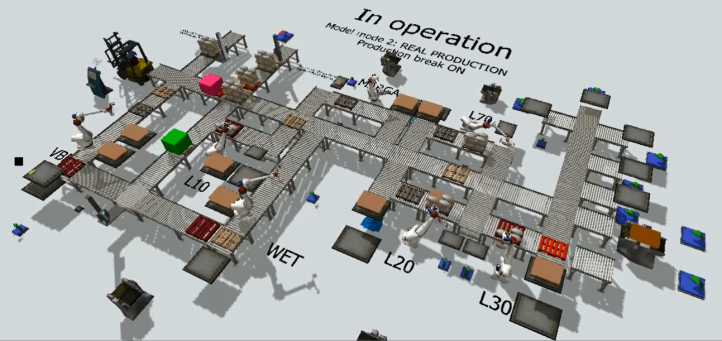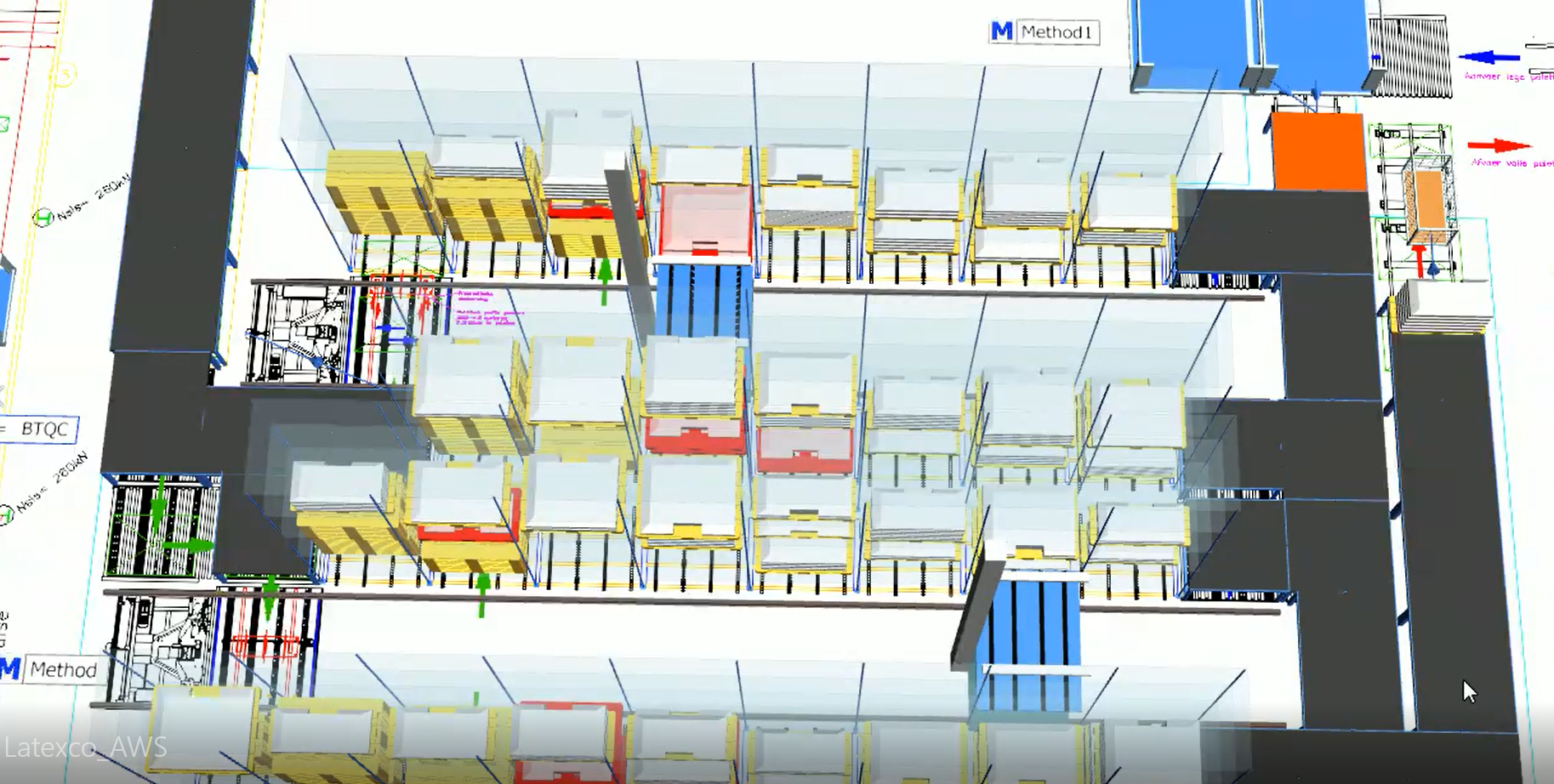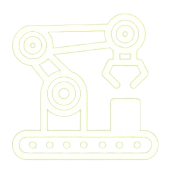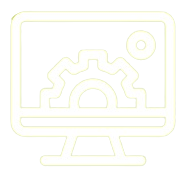Converting a mechanical solution to an automated version can offer many advantages. Speedier production, reduced costs, a safer environment for your operators are examples. But sometimes you want to play it safe, to weigh things up before installing the automated solution. This is where simulation comes in.
A simulation can be used to precisely calculate production speeds and outputs and all the other significant consequences of the installation of an automated solution. You will have a clear view of the situation before and after, allowing you to weigh up the consequences.
And of course we will be at your side with professional advice about the results and the selection of the ideal solution.
Examples of challenges
- We need to deliver higher throughput. Can we achieve this with our existing process or do we need to invest in change?
- Where should the investment be made? We are unsure about the possible outcome.
- We can’t identify the bottleneck in our process.
- It’s difficult for us to pass on our current spreadsheet calculations to higher management. They are abstract, static, and they can’t take account of complexity.
- How do we develop our plant to be future-proof? Demand and our product range are continually in flux.
- How do we plan to best use our resources? Our current planning is clearly less than optimal.
- What will be the effects of a proposed change on downstream processes? What gave rise to the new problem area?
What to simulate and how?
-
Lay-out

Location of machinery and operators…
-
Process Flow

Step Sequencing, Decoupling…
-
Process Control

Planning & Scheduling, Push/Pull…
-
Tools & Resources

Machines, operators…
Benefits of simulation
- Detection of problems before they occur.
- Experiment in a risk-free environment.
- Test out and compare alternatives (with measurable results).
- Maximise return on investment.
- Optimise performance.
- Gain a better understanding of the process.
- A means of communication to support decision-making.
Case studies
For further information on simulation in logistics visit our “Logistics Simulation” page.
How do we work?
-
ADVISE

-
DESIGN

-
BUILD

-
MAINTAIN












